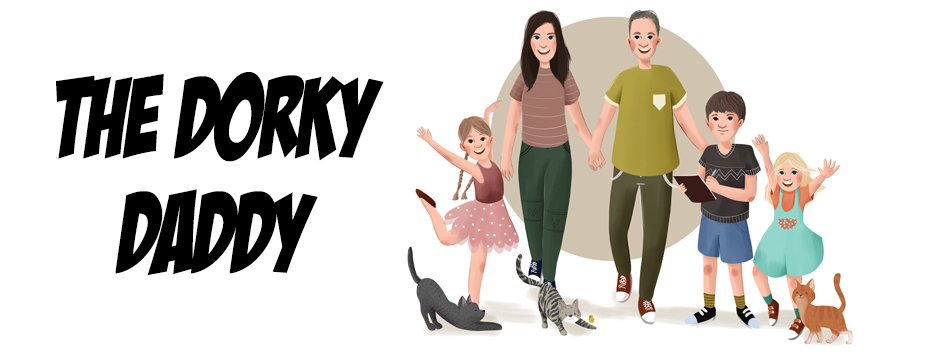 This past Valentine’s Day, our son and daughter each got cards in the mail from their grandparents. Inside our son’s card was a ten dollar bill. He immediately became very excited, with a wide smile and look of excitement on his face. I imagined that images of a new action figure or some type of toy was dancing through his head.
This past Valentine’s Day, our son and daughter each got cards in the mail from their grandparents. Inside our son’s card was a ten dollar bill. He immediately became very excited, with a wide smile and look of excitement on his face. I imagined that images of a new action figure or some type of toy was dancing through his head.
He pulled the money from the card, his smile still ear to ear, looked at Meg and I and said “I know exactly what I want to do with it!”
Here it comes. We braced ourselves for whatever store he’s earmarked this for already.
“I want to donate it to someone who doesn’t have a lot of money so that they can use it.”
Flabbergasted. The only way to explain our reaction as we stood there taking in the response that we completely did not expect.
Don’t mistake my surprise for anything but, as despite my shock, Meg and I were so incredibly proud to realize this is where our little guy’s heart lies. Trips down the toy aisle, looking through store ads, or the ubiquitous little mini catalogs that seem to come with many of his Imaginext action figures could often make us think that’s all he thinks about, point to each one he wants (and it’s usually the equivalent of, oh, all of them).
 But here, faced with the reality of cash in his hand, he wanted to give it away, to help someone less fortunate than he and it meant the absolute world to see.
But here, faced with the reality of cash in his hand, he wanted to give it away, to help someone less fortunate than he and it meant the absolute world to see.
Altruism is defined as the belief in or practice of disinterested and selfless concern for the well-being of others.
During a 2008 talk at Stanford University, Michael Tomasello, co-director of the Max Planck Institute for Evolutionary Anthropology in Leipzig, Germany discussed about his research on “processes of social cognition, social learning and communication, and language in human children and great apes” and very notably, the idea of altruism and its natural occurrence in children.
According to Tomasello, children have an almost instinctual desire to help, inform and share, doing so without expectation or the desire for a reward.
“There is very little evidence in any of these cases that children’s altruism is created by parents or any other form of socialization,” Tomasello said during the discussion as chronicled by the Stanford Report.
As the children grow older, though, their spirit of cooperation becomes shaped by how they judge their surroundings and perceive what others think of them. As they become more aware of what’s around them, Tomasello says they also become more worried about what it means to be a member of a group.
“They arrive at the process with a predisposition for helpfulness and cooperation,” he said. “But then they learn to be selective about whom to help, inform and share with, and they also learn to manage the impression they are making on others – their public reputation and self – as a way of influencing the actions of those others toward themselves.”
In contrast, Tomasello’s studies showed that apes were in it mostly for themselves. Undergoing similar experiments as the children were, the apes had the ability to work together and share but instead chose not to do so. He says that while a child’s sense of guilt or shame might guide a decision to share candy with another child who helped them get it, the apes had no qualms about working with another to get a piece of food and then keeping it to themselves.
 According to Tomasello, human beings have a sense of “we,” a shared purpose, a bond that he says explains even simple social norms such as what makes it rude to walk away from an activity with another person without any type of advance warning.
According to Tomasello, human beings have a sense of “we,” a shared purpose, a bond that he says explains even simple social norms such as what makes it rude to walk away from an activity with another person without any type of advance warning.
“This sense that we are doing something together – which creates mutual expectations, and even rights and obligations – is arguably uniquely human even in this simple case,” Tomasello said.
Uniquely human. Yet it’s amazing how many of us, so uniquely human in our altruism at that early age, have it fade away as the years go on, focused more on how any given situation, person, or the world, can benefit us, rather than those around us. I think that we’re all guilty of it.
So what do we do? How do we help a child maintain that sense of heart and generosity? How do you foster it now so that they can keep it as they continue to age? And is there a way to turn back the dial on ourselves and shed the selfishness that for some come with age?
I have no idea. I wish I knew the answers.
What I do know, though, is how proud Meg and I are of the boy he is today and have no doubt he’ll continue making us proud for many years to come.

